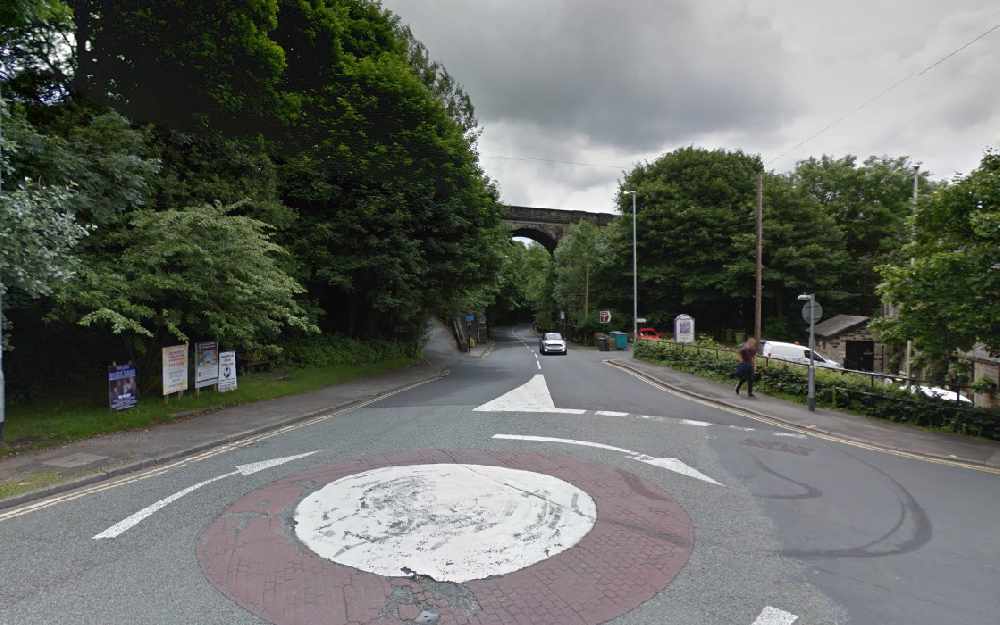
A death-trap Greater Manchester road where a person is killed or seriously injured every year on average is to be made safer with nearly £1m of government funding.
A section of the A670, which runs through Saddleworth into Tameside, has been selected as part of the Department for Transport Safer Roads Fund scheme.
The specific part of the A670 runs between A62 Huddersfield Road, above Diggle to Mossley.
A total of £962,000 has been approved in grant funding to improve the road, which is to be split between Oldham and Tameside councils.
The bid, submitted by officer Eleanor Sykes, states that between 1999 and May 2017 there were a total of 28 collisions where people were either killed or seriously injured on the road.
Of these, 46 pc of the collisions around Uppermill involved pedestrians – higher than the average across the borough.
Aside from traffic safety measures, pedestrian crossing points are also to be enhanced using the government cash.
On the Oldham side proposals include reducing the speed limit from 60mph to 50mph on rural sections.
And it is also planned on dropping the limit from 40mph to 30mph at the A670/A669 junction.
The surface of the road, traffic signs and road markings will also be enhanced.
The section of road that runs through Mossley in Tameside will see a puffin crossing introduced, widening of footpaths, enhanced street lighting and new guardrails.
Ms Sykes’ report adds: “The bid proposals are intended to deliver a series of measures targeted at reducing the number and severity of injury collisions taking place along a section of the A670 identified by the Road Safety Foundation.
“Where appropriate, our interventions will take the form of bespoke countermeasures intended to benefit vehicle occupants, motorcyclists, pedestrians and bicyclists.”
Of the total funding pot, £200k is to be used specifically for the Tameside section of the road.
The schemes will be progressed during this 2019/20 financial year.
It comes as part of £175m of funding from the Department for Transport announced in 2016 to tackle 50 specific local A roads where the risk of fatal and serious collisions was the highest.


 Newman College head praised as he steps down
Newman College head praised as he steps down
 Student making headlines with new shoe brand
Student making headlines with new shoe brand
 Think! Fatal 4 Offences
Think! Fatal 4 Offences
 Don’t Be Puzzled by Dogs Wearing Muzzles
Don’t Be Puzzled by Dogs Wearing Muzzles

